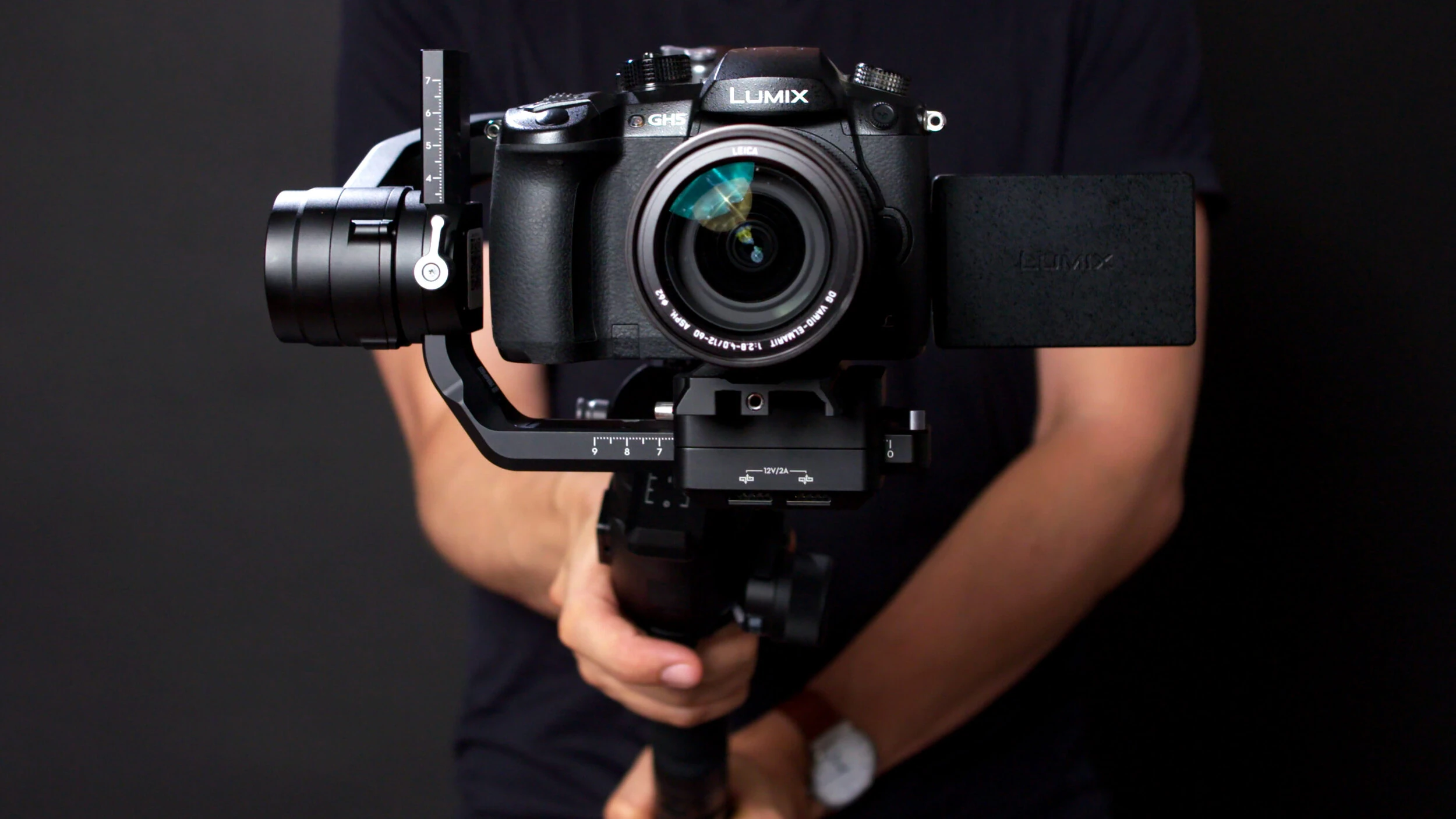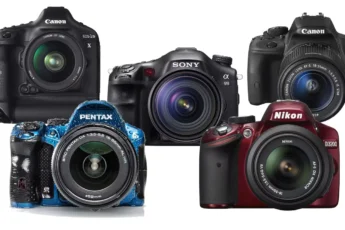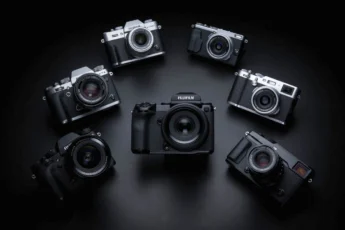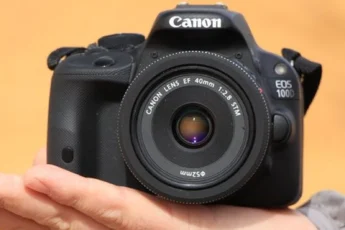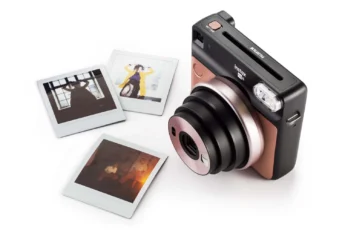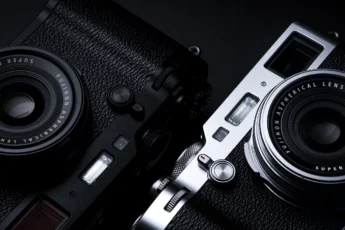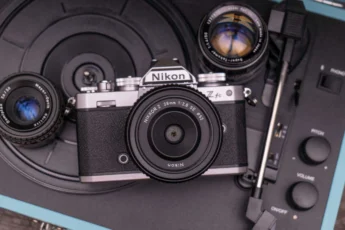In the world of videography, capturing stunning visuals and telling compelling stories is an art form that requires not only skill and creativity but also the right tools. As technology continues to advance at a rapid pace, filmmakers and videographers are constantly seeking the best cameras to bring their visions to life.
With 2024 on the horizon, we’ve scoured the market to bring you the definitive guide to choosing the best cameras for video. Whether you’re a seasoned professional or an aspiring content creator, this comprehensive overview will help you navigate the ever-evolving landscape of video cameras and make an informed decision that aligns with your goals and aspirations.
- Overview of the Best Video Cameras for 2024
- Top Picks for Filmmakers and Videographers
- Sony α7 IV
- Nikon Z8
- Sony A7R V
- Canon EOS R7
- Panasonic GH5 Mark II
- Key Features to Consider
- Autofocus Capabilities
- Stabilization Technology
- Audio Options
- Video Quality Assessment
- Testing Criteria for Video Cameras
- Recording at Highest Resolution and Frame Rate
- Testing Criteria for Video Cameras
- Recording at Highest Resolution and Frame Rate
- Evaluating Autofocus Performance
- Testing Stabilization in Various Settings
- Assessing Audio Quality
- Conclusion
Overview of the Best Video Cameras for 2024
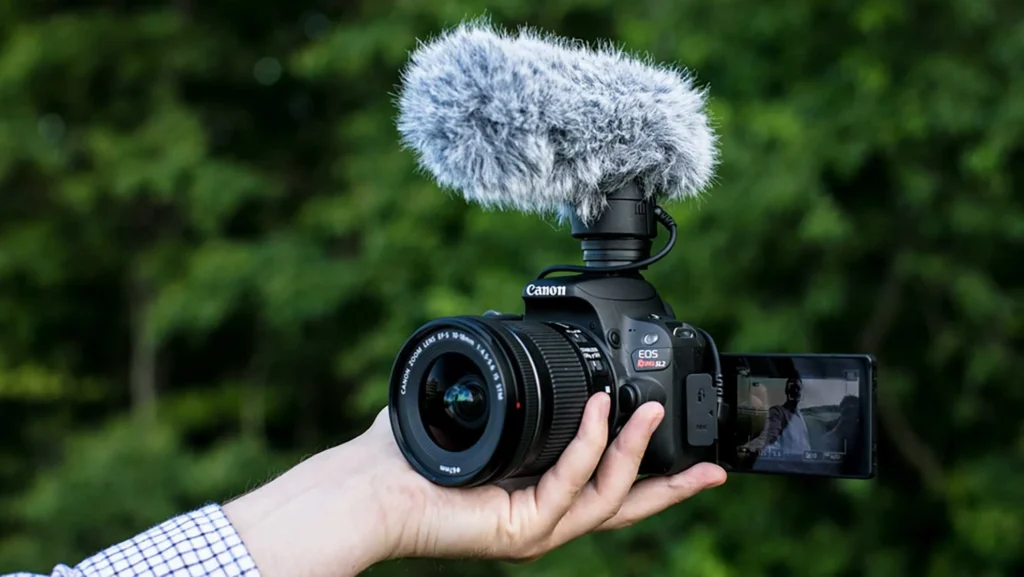
As we embark on our journey to discover the best video cameras for 2024, it’s essential to have a clear understanding of the key players in the market. Each camera brings its own unique set of features, capabilities, and strengths to the table, catering to the diverse needs of filmmakers and videographers. To help you make sense of the options available, we’ve compiled a comprehensive table that highlights the key specifications and performance metrics of the top video cameras for 2024.
| Camera | Sensor Resolution | Max Video Resolution | Autofocus System | Stabilization | Key Features |
|---|---|---|---|---|---|
| Sony α7 IV | 33MP Full-Frame | 4K 60p | Real-time Tracking AF | 5-axis IBIS | 10-bit 4:2:2 internal recording, S-Cinetone |
| Nikon Z8 | 45.7MP Full-Frame | 8K 30p | Subject Detection AF | 5-axis IBIS | N-RAW video, 4K 120p slow-motion |
| Sony A7R V | 61MP Full-Frame | 8K 24p | Real-time Recognition AF | 5-axis IBIS | Pixel Shift Multi Shooting, 16-bit RAW output |
| Canon EOS R7 | 32.5MP APS-C | 4K 60p | Dual Pixel CMOS AF II | In-body stabilization | 10-bit 4:2:2 C-Log 3, HDR PQ |
| Panasonic GH5 Mark II | 20.3MP Micro Four Thirds | 4K 60p | DFD AF system | 5-axis Dual I.S. II | 10-bit 4:2:0 internal recording, Anamorphic support |
This table serves as a quick reference point, allowing you to compare the key specifications and features of each camera at a glance. As you explore the capabilities of these top-tier video cameras, keep in mind that while technical specifications are important, the true measure of a camera’s worth lies in its ability to help you bring your creative vision to life.
Top Picks for Filmmakers and Videographers
Sony α7 IV
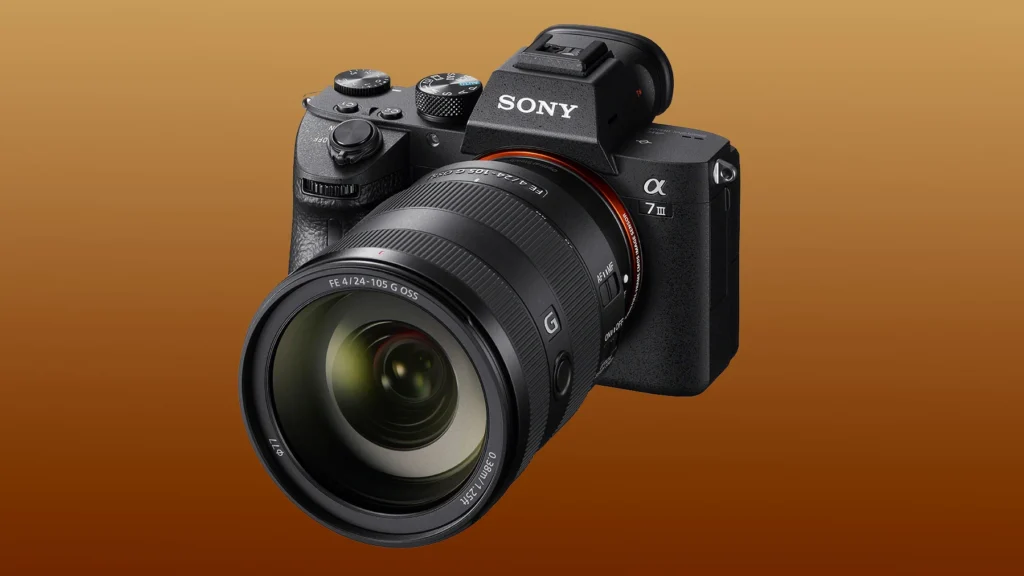
The Sony α7 IV has quickly become a favorite among videographers and content creators, thanks to its impressive feature set and outstanding performance. With a 33-megapixel full-frame sensor, the camera delivers exceptional image quality, while its advanced autofocus system ensures that yoursubjects remain in sharp focus, even in challenging shooting situations. Professional videographer Mark Williams shares his experience with the α7 IV: “The autofocus on this camera is simply incredible. It tracks my subjects with ease, allowing me to focus on crafting the perfect shot.”
One of the standout features of the α7 IV is its ability to record 10-bit 4:2:2 video internally, providing greater flexibility in post-production. The camera also offers S-Cinetone, a color profile inspired by Sony’s professional cinema cameras, which delivers a cinematic look straight out of the camera. With 5-axis in-body image stabilization (IBIS), the α7 IV ensures smooth and stable footage, even when shooting handheld.
Nikon Z8
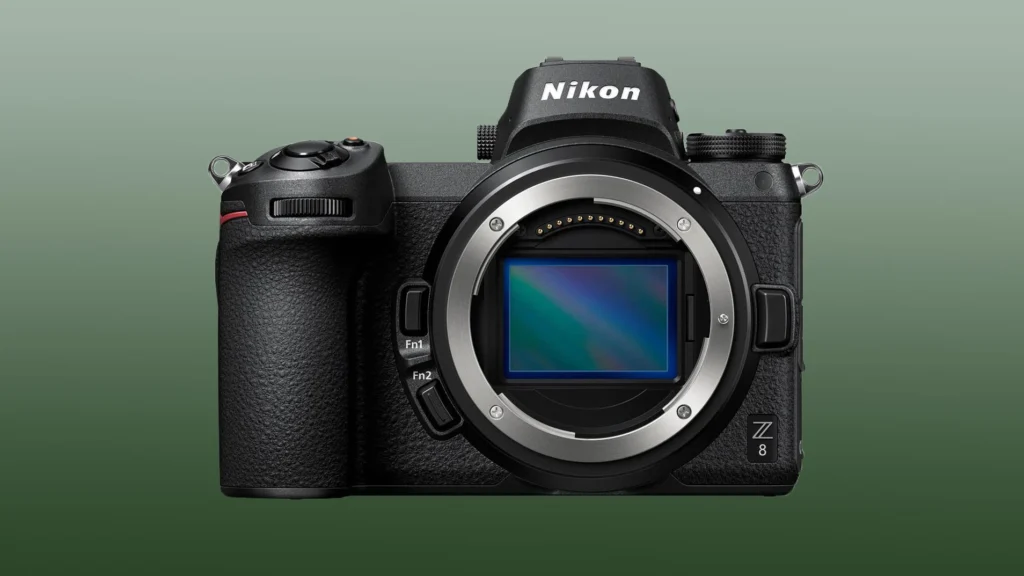
The Nikon Z8 is a powerhouse camera that pushes the boundaries of video capabilities. With a high-resolution 45.7-megapixel full-frame sensor, the Z8 can capture stunning 8K video at up to 30 frames per second, providing incredible detail and clarity. The camera’s advanced subject detection autofocus system intelligently recognizes and tracks various subjects, from people to animals, ensuring that your footage remains sharp and focused.
One of the most exciting features of the Nikon Z8 is its ability to record N-RAW video, which preserves more detail and dynamic range than traditional video formats. This gives filmmakers and videographers greater control over their footage in post-production, allowing for more creative grading and editing. The camera also boasts impressive slow-motion capabilities, with the ability to record 4K video at up to 120 frames per second, enabling you to capture stunning slow-motion sequences.
Sony A7R V
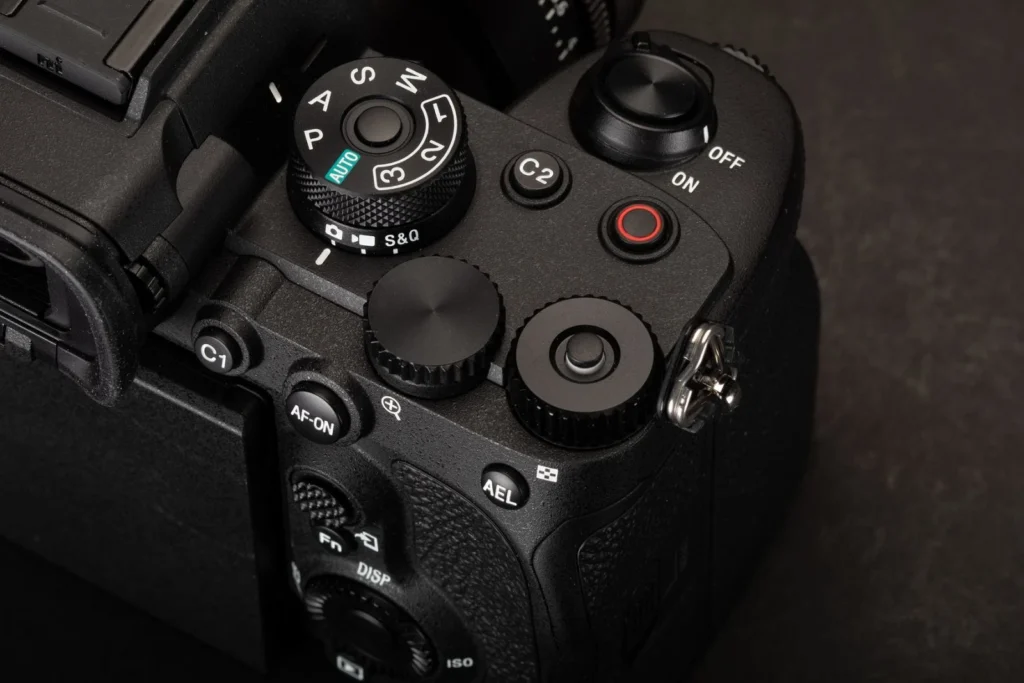
The Sony A7R V is a versatile camera that excels in both photography and videography. With a massive 61-megapixel full-frame sensor, the A7R V delivers unparalleled image quality and detail. For videographers, the camera offers 8K video recording at 24 frames per second, as well as 4K recording at up to 60 frames per second. The A7R V’s advanced autofocus system, featuring Real-time Recognition AF, accurately detects and tracks subjects, ensuring that your footage remains in focus throughout your shoot.
One of the unique features of the Sony A7R V is its Pixel Shift Multi Shooting mode, which allows you to capture even greater detail and color accuracy by combining multiple exposures. The camera also offers 16-bit RAW output via HDMI, providing maximum flexibility for post-production workflows. With 5-axis in-body image stabilization, the A7R V helps minimize camera shake, resulting in smooth and stable footage.
Canon EOS R7
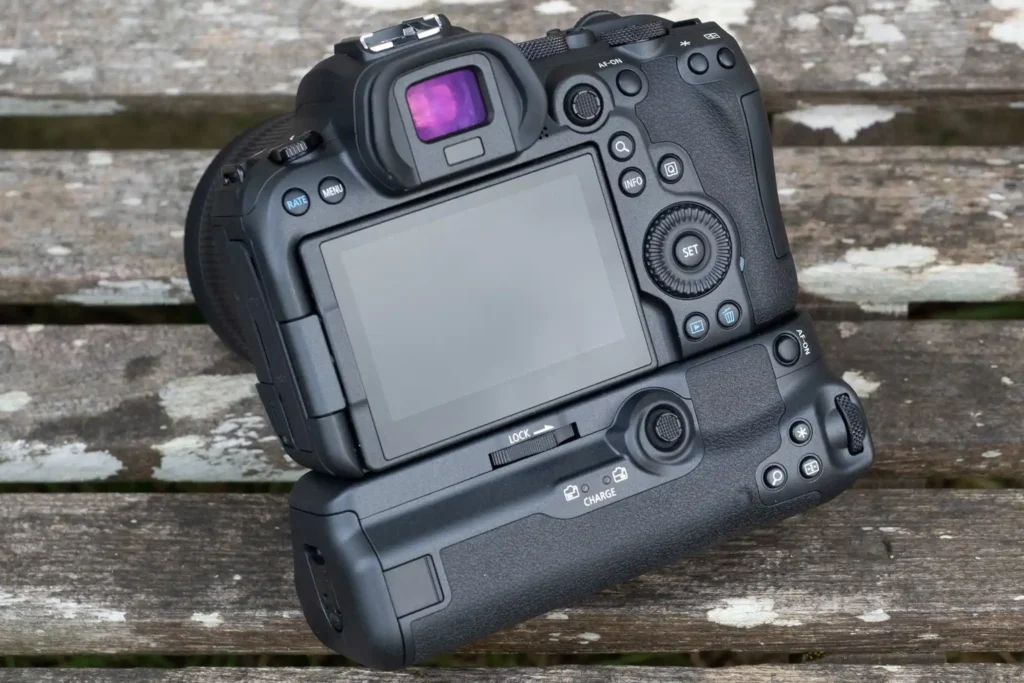
The Canon EOS R7 is a highly capable APS-C camera that offers impressive video features in a compact and lightweight body. With a 32.5-megapixel sensor, the R7 can record 4K video at up to 60 frames per second, delivering sharp and detailed footage. The camera’s Dual Pixel CMOS AF II system provides fast and accurate autofocus, with excellent subject tracking capabilities.
The EOS R7 offers 10-bit 4:2:2 C-Log 3 recording, which provides a wide dynamic range and allows for greater flexibility in color grading. The camera also supports HDR PQ, enabling you to capture and display high dynamic range content. With in-body stabilization, the R7 helps minimize camera shake, ensuring smooth and stable footage, even when shooting handheld.
Panasonic GH5 Mark II
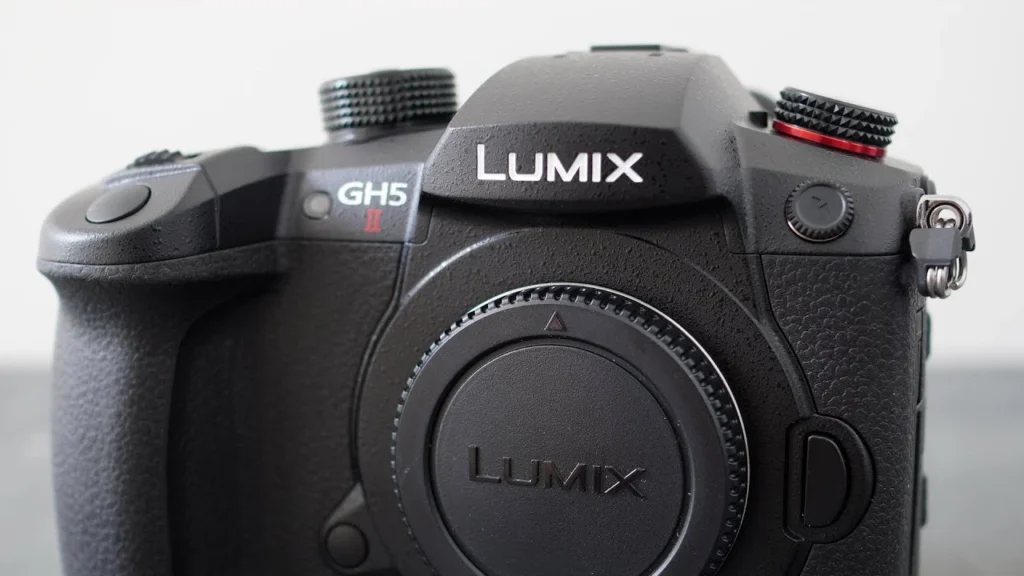
The Panasonic GH5 Mark II is a beloved camera among videographers, known for its excellent video capabilities and compact form factor. With a 20.3-megapixel Micro Four Thirds sensor, the GH5 Mark II can record 4K video at up to 60 frames per second, delivering stunning detail and clarity. The camera’s DFD AF system provides fast and accurate autofocus, ensuring that your subjects remain in sharp focus throughout your shoot.
One of the standout features of the GH5 Mark II is its ability to record 10-bit 4:2:0 video internally, providing greater color depth and flexibility in post-production. The camera also supports anamorphic shooting, allowing you to capture cinematic widescreen footage. With 5-axis Dual I.S. II stabilization, the GH5 Mark II delivers smooth and stable video, even when shooting in challenging conditions.
Key Features to Consider
Autofocus Capabilities
When it comes to capturing stunning video footage, having a reliable and advanced autofocus system is essential. The latest advancements in autofocus technology have revolutionized the way videographers work, allowing them to focus on crafting the perfect shot while the camera takes care of keeping the subject in sharp focus. Cameras like the Sony α7 IV and Canon EOS R7 feature cutting-edge autofocus systems that utilize subject tracking, eye detection, and face recognition to ensure that your subjects remain in focus, even as they move through the frame.
The Nikon Z8 takes autofocus performance to the next level with its advanced subject detection system, which can intelligently recognize and track various subjects, from people to animals. This level of automation allows videographers to capture dynamic and fast-paced scenes with ease, knowing that the camera will keep the subject in focus throughout the shot. Whether you’re shooting a documentary, a wedding, or a high-energy sports event, having a reliable autofocus system can make all the difference in the quality of your footage.
Stabilization Technology
Smooth and stable footage is a hallmark of professional video production, and advanced stabilization technology has made it easier than ever to achieve this level of quality. In-body image stabilization (IBIS) has become a standard feature in many high-end video cameras, allowing videographers to shoot handheld footage with minimal camera shake. The Sony A7R V and Panasonic GH5 Mark II both feature 5-axis IBIS, which compensates for camera movement in five directions, resulting in incredibly smooth and stable video.
In addition to IBIS, some cameras, like the Canon EOS R7, also offer electronic stabilization, which further enhances the stability of your footage. This combination of mechanical and electronic stabilization allows videographers to capture stunning, shake-free footage, even when shooting in challenging conditions, such as while walking or in low light. With advanced stabilization technology, the creative possibilities are endless, empowering videographers to push the boundaries of their craft.
Audio Options
While visuals are the primary focus of video production, audio quality plays an equally important role in creating compelling and professional-grade content. Many high-end video cameras offer advanced audio capabilities, allowing videographers to capture clear and crisp sound directly from the camera. The Sony α7 IV, for example, features a multi-interface shoe that supports digital audio input, enabling you to connect high-quality external microphones for superior sound quality.
In addition to external microphone support, some cameras, like the Panasonic GH5 Mark II, offer professional XLR audio input via an optional adapter, providing even greater flexibility and control over your audio setup. With the ability to fine-tune your audio settings, such as adjusting gain levels and monitoring audio in real-time, videographers can ensure that their footage sounds as good as it looks.
Video Quality Assessment
Evaluating video quality is a critical step in the camera selection process, as it directly impacts the final result of your work. When assessing video quality, there are several key factors to consider, such as resolution, bit depth, color sampling, and codec support. Cameras like the Nikon Z8 and Sony A7R V offer high-resolution 8K video recording, providing incredible detail and clarity, while others, like the Canon EOS R7, prioritize 4K recording at higher frame rates for smooth and fluid motion.
In addition to resolution, bit depth and color sampling also play a significant role in video quality. Cameras that offer 10-bit 4:2:2 recording, such as the Sony α7 IV and Canon EOS R7, provide greater color depth and smoother gradations, resulting in more flexible footage for post-production. When evaluating video quality, it’s essential to consider your specific needs and workflow, as well as the intended delivery platform for your content.
Testing Criteria for Video Cameras
Recording at Highest Resolution and Frame Rate
When testing video cameras, one of the primary criteria is to evaluate their performance at the highest resolution and frame rate settings. This allows you to assess the camera’s ability to capture detail, motion, and overall image quality under demanding conditions. For example, when testing the Nikon Z8, you would record footage at its maximum resolution of 8K at 30 frames per second, and then carefully analyze the results for sharpness, clarity, and any artifacts or compression issues.
Similarly, when testing the Canon EOS R7, you would capture footage at 4K resolution and 60 frames per second, and then evaluate the smoothness of motion, the level of detail retained, and the camera’s ability to handle fast-paced action. By pushing the cameras to their limits, you can gain a better understanding of their capabilities and
Testing Criteria for Video Cameras
Recording at Highest Resolution and Frame Rate
When testing video cameras, one of the primary criteria is to evaluate their performance at the highest resolution and frame rate settings. This allows you to assess the camera’s ability to capture detail, motion, and overall image quality under demanding conditions. For example, when testing the Nikon Z8, you would record footage at its maximum resolution of 8K at 30 frames per second, and then carefully analyze the results for sharpness, clarity, and any artifacts or compression issues.
Similarly, when testing the Canon EOS R7, you would capture footage at 4K resolution and 60 frames per second, and then evaluate the smoothness of motion, the level of detail retained, and the camera’s ability to handle fast-paced action. By pushing the cameras to their limits, you can gain a better understanding of their capabilities and limitations, helping you make an informed decision based on your specific needs and requirements.
Evaluating Autofocus Performance
Autofocus performance is a critical factor in video production, and thoroughly testing a camera’s autofocus system is essential to ensure that it meets your needs. When evaluating autofocus performance, you should test the camera in various scenarios, such as tracking moving subjects, maintaining focus in low-light conditions, and quickly acquiring focus when switching between subjects.
To test the Sony α7 IV’s autofocus system, for example, you would set up a scene with multiple moving subjects at different distances from the camera, and then assess how well the camera tracks and maintains focus on each subject. You would also evaluate the speed and accuracy of the autofocus system in low-light situations, as well as its ability to smoothly transition focus between subjects. By rigorously testing the autofocus performance, you can determine whether the camera is suitable for your specific shooting requirements.
Testing Stabilization in Various Settings
Image stabilization is a crucial feature for videographers, as it helps to minimize camera shake and produce smoother, more professional-looking footage. When testing a camera’s stabilization system, it’s important to evaluate its performance in a variety of settings, such as handheld shooting, walking with the camera, and using different focal lengths.
To assess the effectiveness of the Panasonic GH5 Mark II’s 5-axis Dual I.S. II stabilization system, you would capture footage while walking, running, and panning the camera, and then analyze the results for smoothness and stability. You would also test the stabilization performance at various focal lengths, as some systems may be less effective at longer focal lengths. By thoroughly testing the stabilization system in different scenarios, you can determine how well the camera will perform in real-world shooting situations.
Assessing Audio Quality
Audio quality is an often-overlooked aspect of video production, but it plays a vital role in creating professional-grade content. When testing a camera’s audio capabilities, you should evaluate the quality of the built-in microphones, as well as the camera’s ability to work with external audio solutions.
To assess the audio quality of the Sony A7R V, for example, you would record audio using the camera’s built-in microphones in various environments, such as a quiet room, outdoors with ambient noise, and in a windy location. You would then analyze the recorded audio for clarity, noise levels, and overall fidelity. Additionally, you would test the camera’s compatibility with external microphones, such as shotgun mics or wireless lavalier systems, to ensure that it can capture high-quality audio in a variety of production scenarios.
Conclusion
Choosing the best camera for your video production needs is a crucial decision that requires careful consideration of various factors, such as image quality, autofocus performance, stabilization, and audio capabilities. By thoroughly evaluating the top video cameras for 2024, including the Sony α7 IV, Nikon Z8, Sony A7R V, Canon EOS R7, and Panasonic GH5 Mark II, we have provided a comprehensive guide to help you make an informed decision.
When selecting a camera, it’s essential to consider your specific requirements and shooting style. If you prioritize high-resolution footage and advanced autofocus capabilities, the Sony α7 IV or Nikon Z8 may be the ideal choice for you. If you require a versatile camera that excels in both photography and videography, the Sony A7R V offers an excellent balance of features and performance. For those who prioritize compact form factor and advanced video features, the Canon EOS R7 and Panasonic GH5 Mark II are both compelling options.

